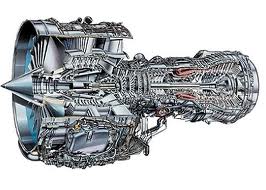The future is officially in our present when it comes to technology and the advancements just keep rolling in. Videography, photography and everything in between aren’t forgotten when it comes to today’s continuous advancements. With DSLR cameras in households of professionals and amateur photographers all around the world and high speed imagery devices in several different genres of professions, designers and engineers behind the mechanics of these devices are on full speed development.
 Here is a little more need to know information to help you get a little more insight on the ins and outs of the devises you may use at home. Digital single-lens reflex cameras are uniquely designed advanced digital cameras. The DSLR camera combines parts of a SLR camera and a digital camera back, this specialized design is the featured difference between a DSLR and any other digital cameras and recording devices. Frame rate or frame frequency essentially is the frequency rate where an imaging tool (such as a DSLR camera or a high speed imagery device) accurately produces consecutive images (frames). This general term is used when describing film and video cameras, motion capture systems, and even computer animation and/or graphics.
Here is a little more need to know information to help you get a little more insight on the ins and outs of the devises you may use at home. Digital single-lens reflex cameras are uniquely designed advanced digital cameras. The DSLR camera combines parts of a SLR camera and a digital camera back, this specialized design is the featured difference between a DSLR and any other digital cameras and recording devices. Frame rate or frame frequency essentially is the frequency rate where an imaging tool (such as a DSLR camera or a high speed imagery device) accurately produces consecutive images (frames). This general term is used when describing film and video cameras, motion capture systems, and even computer animation and/or graphics.
The standard for video is 24p (23.976 frames per second) which is standard for DSLR video recording devices. To ensure proper visual appearance there is a general rule of thumb when recording video with a DSLR video device, the shutter speed should be double the frame rate. That may seem like a mouthful of information, but it helps to know how a device really works to ensure adequate usability.
Advanced high speed cameras record details of fast mechanical movements and play them back in slow motion for adequate and relevant analysis. Just a regular high speed camera typically records over 1,000 frames per second into DRAM then reverses to slow motion playback for adequate studying purposes. There is a company called AOS Technologies which produces high speed imagery cameras and devices that are used for a wide range of purposes from crash testing all the way to defence application. Biomechanical analysis is just one of the top leading, and interesting, areas of expertise where high speed cameras are significantly making an impact. Movement sequences can be precisely recorded for analysis for training on body movement for medical purposes, video animation and or graphics, physical therapy and science. It’s safe to say that high speed imagery has and continues to assist in much of our world’s advancements in a vast spectrum of areas especially scientific purposes.
Technology is growing day by day and there are engineers eager and up for the challenge. We are extremely lucky to have such amazing tools readily available for everyday use.


